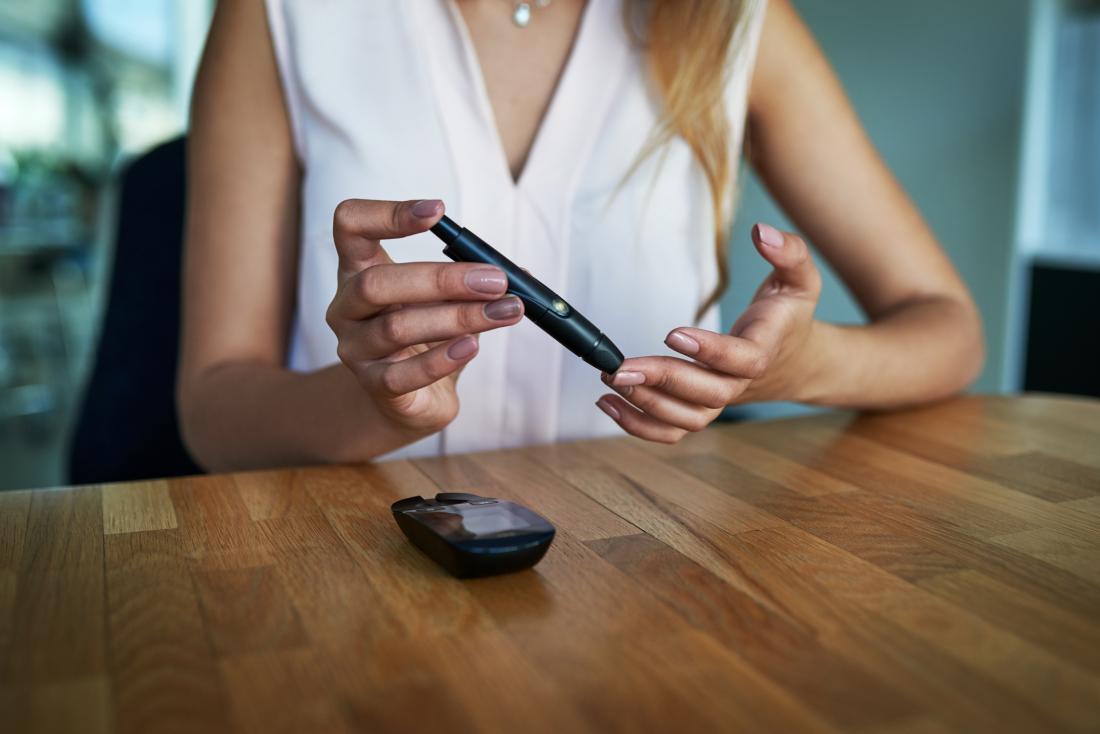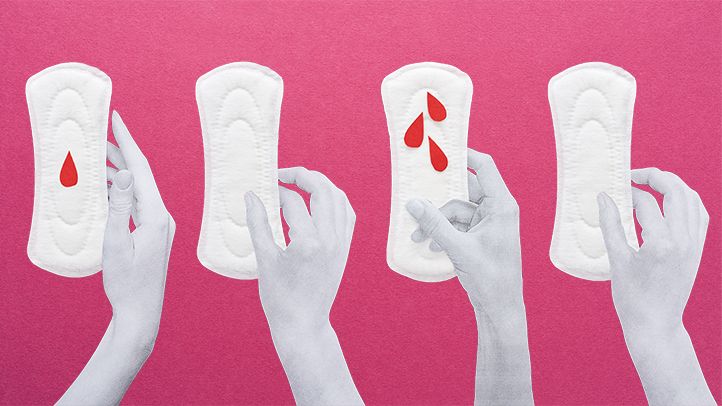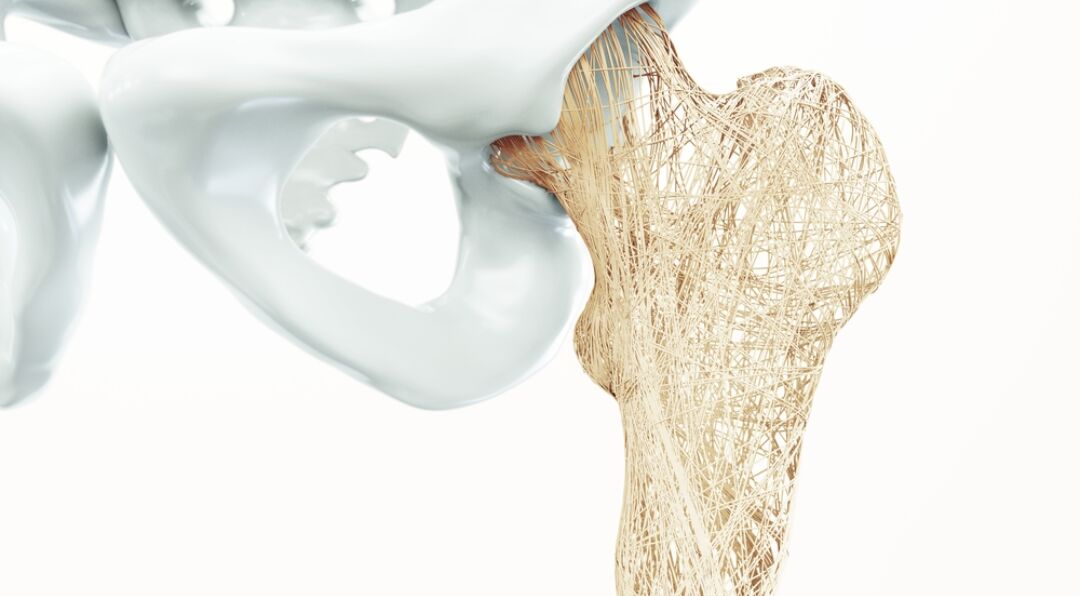Symptoms of tendon rupture in the leg
The kneecap tendon (tendon rupture) is the structure that connects the kneecap to the patella, and the ligament is the structure that connects the bone to the other bone. Therefore, some people call this ligament the ankle ligament. But this structure connects the quadriceps muscle to the calf bone so that the muscle-tendon attaches to the bone.
The kneecap tendon is an integral part of the lower limb muscle mechanism. The extensor muscle mechanism includes the quadriceps, quadriceps (knee), and ankle muscles. These structures work together to straighten the knee and can do so with considerable force.
Extensive muscular mechanisms are essential for natural functions such as walking and climbing stairs and sports activities such as running and kicking. All of these activities are difficult without extensive muscular mechanisms.
tendon rupture symptoms:
The person who usually has a torn knee tendon is a young male athlete. This injury is common in middle-aged people who are physically active. The damage usually occurs when a jump in which the quadriceps muscle contracts and the knee becomes severely flat, landing abnormally.
This phenomenon is called abnormal contraction and puts a lot of pressure on the tendon. Athletes who suffer from this injury may feel burning when they cannot walk normally after an injury.

Common Symptoms of Knee Tendon Rupture:
- Pain directly below the knee joint
- Swelling and bruising on the front of the knee
- Defect or weakness at the site of tendon compression
Difficulty walking or exercising
Abnormal tendon tissue with chronic tendinosis has been seen in almost all patients with wrist tendon rupture. The kneecap tendon is usually damaged in the area of the tendon, where blood flow to the tissue and tendon is poor.
Jumping, tendon weakness, tendonitis in the knee area, corticosteroid injections, and chronic diseases are the causes of kneecap rupture.
Chronic Diseases:
Weak tendons can also be caused by diseases that interfere with blood flow. Chronic illnesses that can weaken the tendon include:
- Chronic renal failure
- Abtalipotenemia is not high
- Rheumatoid arthritis
- Systemic lupus erythematosus (SLE)
- Diabetes
- Infection
- Metabolic disease
The use of drugs such as corticosteroids and anabolic steroids is associated with increased muscle and tendon weakness. Tendon rupture can occur in non-sports settings. These people usually have a reason for weakening the knee joint, such as systemic disease or recent surgery that has cut the tendon. Treatment is usually the same for athletes and non-athletes.
Tendon rupture diagnosis:
Achilles tendon rupture test
Diagnosis of a kneecap rupture is commonly seen in clinical trials. People with a torn knee will not be able to stretch their knee against gravity and will not test the right leg, and the person will usually feel a vacuum in the tendon below the knee joint.
Knee fractures have similar symptoms and are diagnosed using X-rays. In X-rays, the kneecap is usually higher than the opposite knee because the quadriceps muscles are pulled out of the knee and do not hold anything in their normal position. Although often not needed, MRI can be used to confirm the diagnosis and check for knee injuries.
All foot tendon treatment options:
A ruptured ankle tendon does not heal independently, and its release weakens the quadriceps muscle and makes it difficult to perform everyday activities, including walking. Tendon rupture repair surgery is a difficult task.
Medical treatments for leg tendon rupture:
medical
- The following medications are prescribed to treat a torn knee tendon:
- NSAIDs (non-steroidal anti-inflammatory drugs) to reduce knee pain and swelling
- Steroid injections to reduce inflammation and stimulate damaged tendon tissue
Physiotherapy
Start physiotherapy after the initial acute inflammation subsides after the injury. Gradually open the knee brace, put more weight on your knee, increase knee mobility, and strengthen your hamstring muscles.
laser therapy
Use laser-emitted photons to stimulate cells in damaged tissue. Increase cell division, blood flow, and oxygen delivery to the tissue to help the tissue heal and repair.
Ozone therapy
Ozone therapy relieves pain and regenerates tissues. Ozone gas contains improved oxygen molecules that are injected into damaged and inflamed tissue and help regenerate tissue.
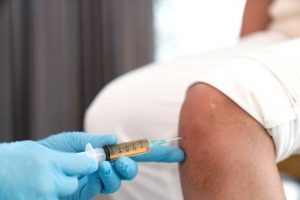
PRP injection
Injection of platelet-rich plasma directly into the affected area may take a few weeks for the positive effects of the PRP injection to become apparent and for the patient to experience more pain during the first or second week after the PRP injection.
Home and non-surgical treatments for tendon rupture:
Rest
Use a cane to prevent the weight from settling on your knee and prevent activities that put pressure on the knee.
Cold compress
Apply a cold compress to your knee several times a day for 20 minutes, but never put ice directly on your skin.
Use a knee brace
Use a knee brace to immobilize your knee as it helps keep your knee in a straight and upright position in a treatment and tendon position.
Acupuncture
Use acupuncture to treat knee pain. Acupuncture is placed near or on the knee and other foot areas along the damaged meridian to help repair the obstruction.
Sport
By doing particular movements and exercises, you can restore the range of motion of the knee and its strength because light stretching can gradually increase your range of motion.
By doing strength and endurance exercises, you can completely restore the knee’s range of motion and strengthen the muscles of the arm, hamstrings, and legs. Once the injury has healed, you should change your exercise or activity so that your condition does not get worse. For example, instead of running, ride a bike or swim.
Suitable exercise for the treatment of tendon rupture as soon as possible:
Flexibility test
Sit at the end of the bench and bring your knees up to your chest while lying on the back of the court.
Stretching the quadriceps muscles.
While standing and lying down, stretch the quadriceps muscles and lean on something while standing, or if you need balance, hold your ear with the opposite hand.
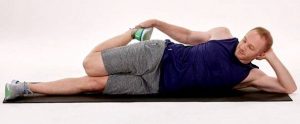
Isometric quadriceps contraction
Squeeze the quadriceps muscles and stay in this position for a few seconds and then release.
Single leg stretch
Leg stretching can be used to strengthen the quadriceps muscles.
Scott Abnormal
Do this exercise to treat chronic knee tendon injury. Start with a two-legged squat and then move on to a one-legged squat.
Duration of recovery from kneecap inflammation:
Recovery time varies from person to person. A tendon that has just been damaged and slightly swollen will heal in a few weeks, but a tendon that has been significantly swollen and hurt for a long time will take longer to heal.
When can I resume my normal activities?
Returning to normal activities depends on how quickly your knee heals. If you do your exercises and get back to normal activities rapidly, your injury may get worse.
As long as you can bend and straighten your injured knee without pain and your healed leg and knee are not as swollen as the injured knee and knee, you can return to your normal safe activities.
How can knee tendon injury be prevented?
Avoid injury to the knee-tendon by stretching before and after exercise and wearing shoes perfectly suited to muscle-strengthening activities.
Improvement and forecasting
Healing a torn knee tendon is difficult and time-consuming. One of the most critical diagnostic factors for recovery is the time of surgery. Surgery after a few weeks can limit the ability to heal.
It is said that the initial mobility after surgery and the prevention of excessive pressure on the repair will accelerate the overall recovery. Even with these steps, it takes at least three months to return to normal daily activities and 4 to 6 months until the exercise needs to be resumed.
While most people recover completely from wrist tendon surgery, even a successful repair can lead to long-term weakness. Athletes who intend to return to competitive sports may need a year or more to return to their level. Physiotherapy can help ensure that athletes can resume their sports activities.


